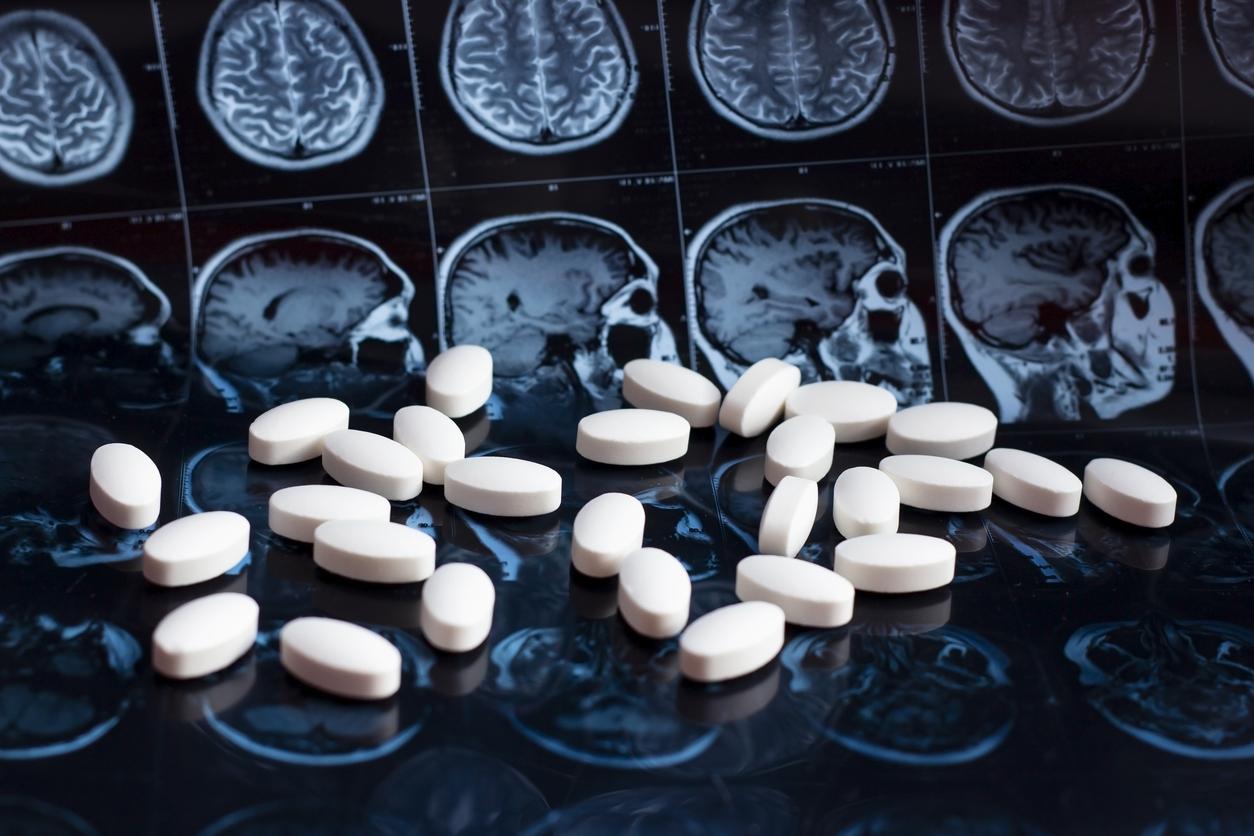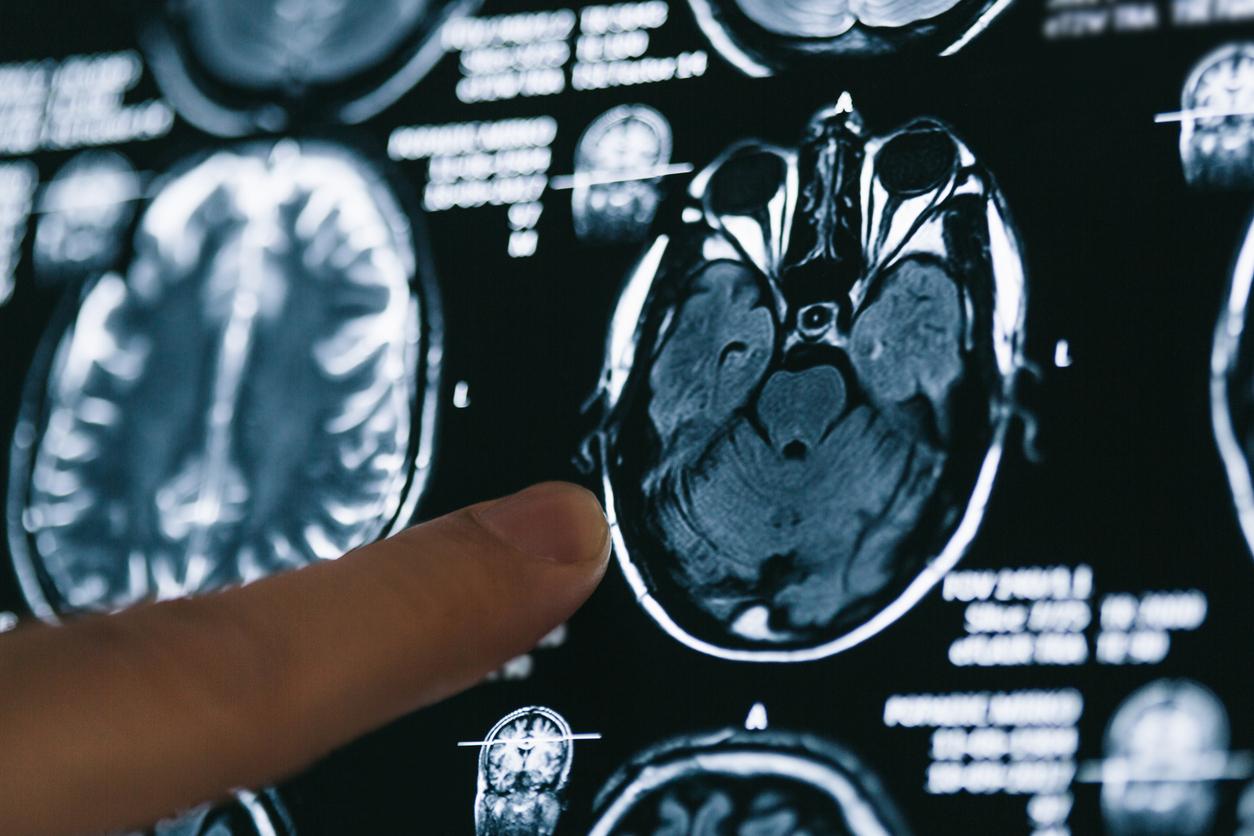Partly responsible for the alteration of cerebral functions in patients affected by Alzheimer’s disease, the formation of beta-amyloid plaques is linked to cholesterol.

- Produced by brain helper cells called astrocytes, brain cholesterol is linked to the formation of beta-amyloid plaques around neurons.
- However, experiments carried out on mice show that it is possible to regulate this production of cholesterol, and therefore to slow down the formation of beta-amyloid plaques, which are partly responsible for Alzheimer’s disease.
Affecting nearly 900,000 people in France, Alzheimer’s disease is the most common form of age-related dementia. Still incurable, this neurodegenerative disease slowly, progressively and irreversibly causes the dysfunction and then the death of nerve cells in the brain. In particular, the formation of beta-amyloid (Aβ) plaques around neurons, which leads to progressive and irreversible brain damage.
In a new study, published online in the Proceedings of the National Academy of Sciences (PNAS), researchers from the Scripps Research Institute (United States) underline the role played by cerebral cholesterol in the formation of Aβ.
The study results also help explain why genetic studies link Alzheimer’s risk to a cholesterol-carrying protein called apolipoprotein E (apoE).
“We have shown that cholesterol essentially acts as a signal in neurons that determines the amount of Aβ made. It is therefore not surprising that apoE, which transports cholesterol to neurons, influences the risk of Alzheimer’s “explains the co-senior author of the study, Scott Hansen associate professor in the Department of Molecular Medicine at Scripps Research, in Florida.
The key role of cerebral cholesterol in the production of Aβ
In people with Alzheimer’s, beta-amyloids appear as large, insoluble, plaque-like aggregates. The researchers here wanted to examine the link between cholesterol and the production of Aβ. They used an advanced microscopy technique called super-resolution imaging in mice to “see” into cells and tracked how cholesterol regulates Aβ production.
They then observed that the cholesterol produced by auxiliary cells called astrocytes was transported by apoE proteins to the outer membranes of neurons, which helps to produce and then maintain the Aβ plaques around the neurons.
The scientists then carried out a series of experiments on mice that were aged and genetically modified to overproduce Aβ and therefore develop the Aβ plaques characteristic of Alzheimer’s disease. They found that when they stopped cholesterol production in the mice’s astrocytes, Aβ production dropped to near-normal levels, and Aβ plaques virtually disappeared. Aggregates of the neuronal tau protein, also observed in Alzheimer’s patients, have also disappeared.
This new work therefore clarifies the active role played by cerebral cholesterol in the production of Aβ, and opens the way to new therapeutic perspectives for slowing the progression of Alzheimer’s disease.

.

















